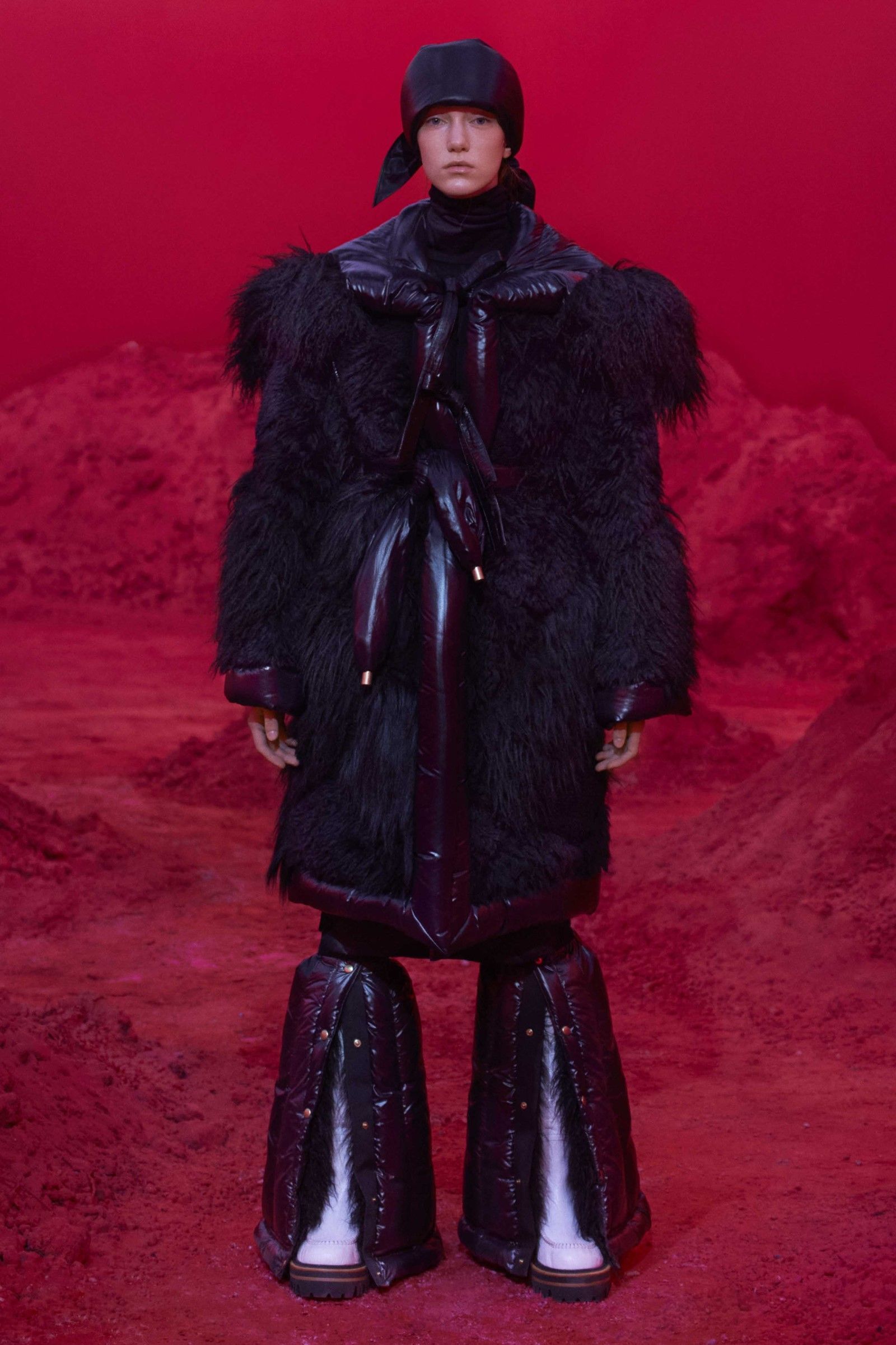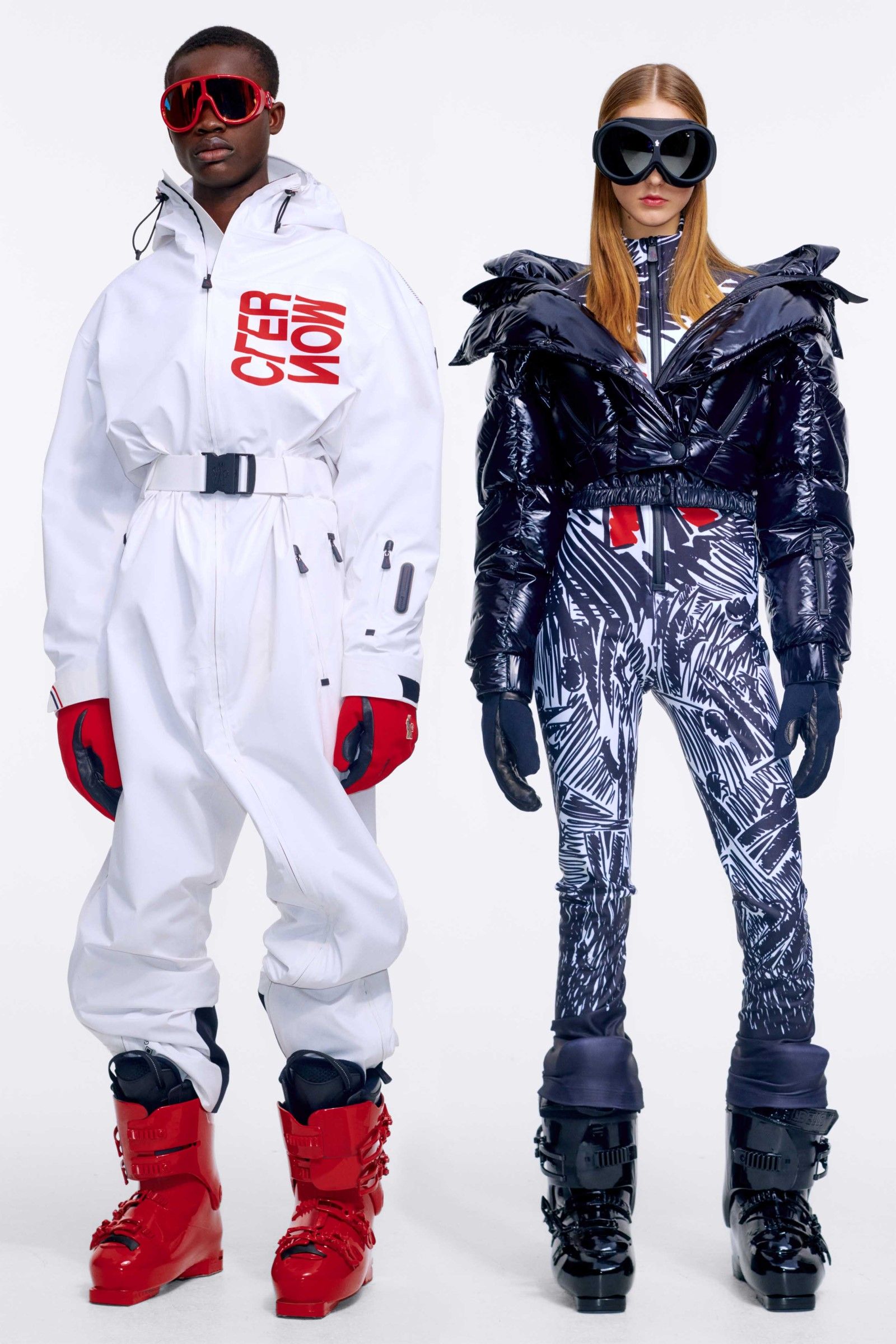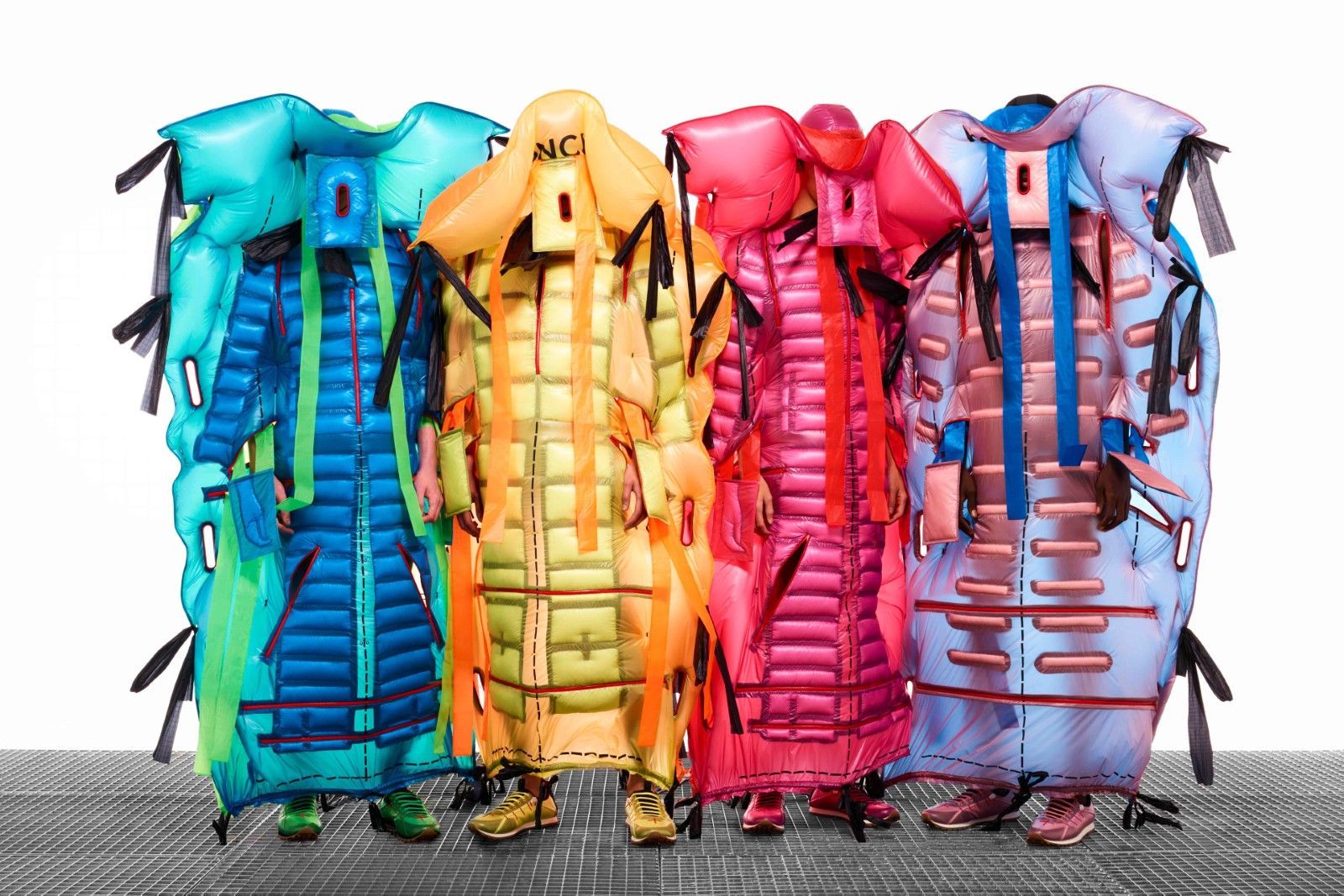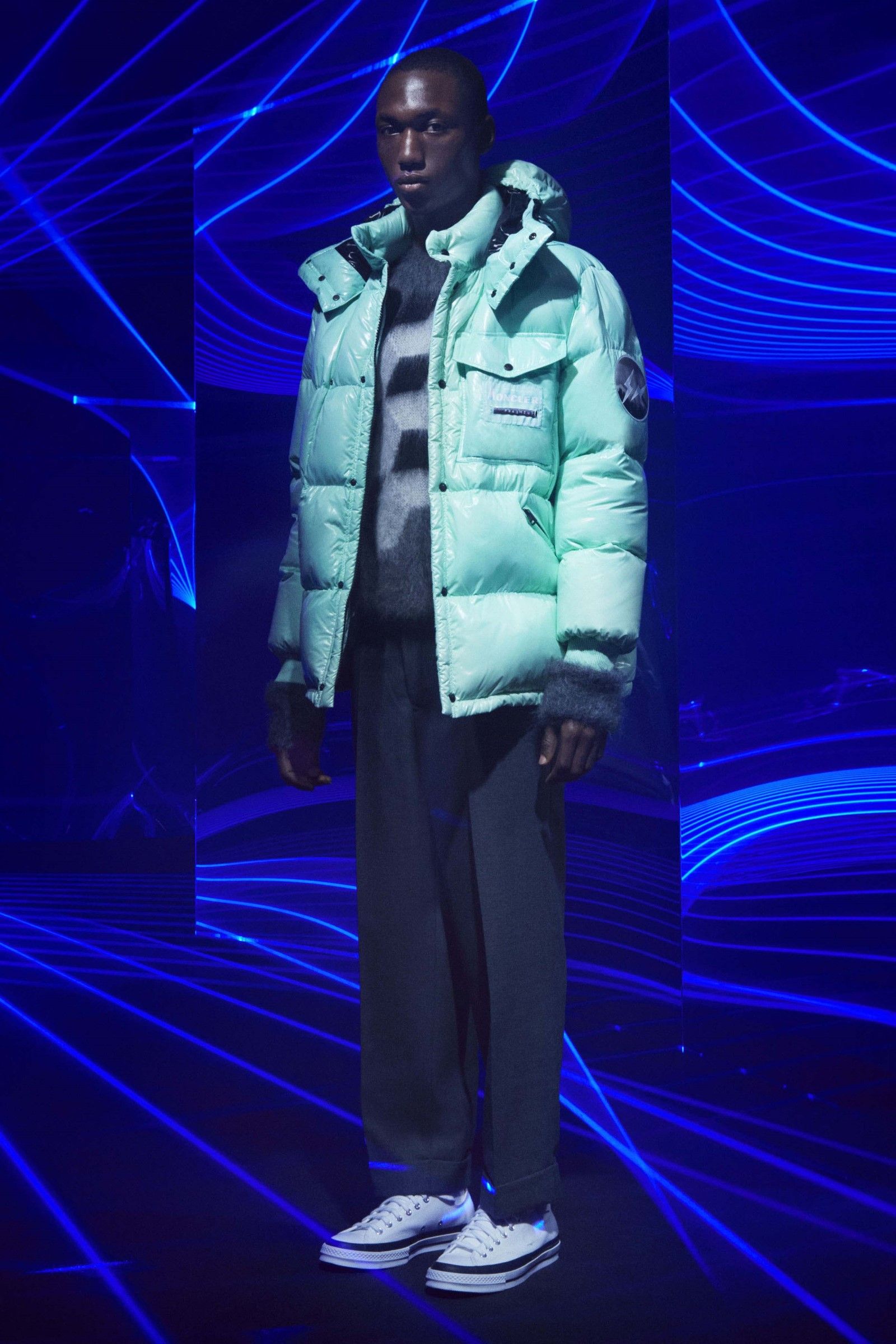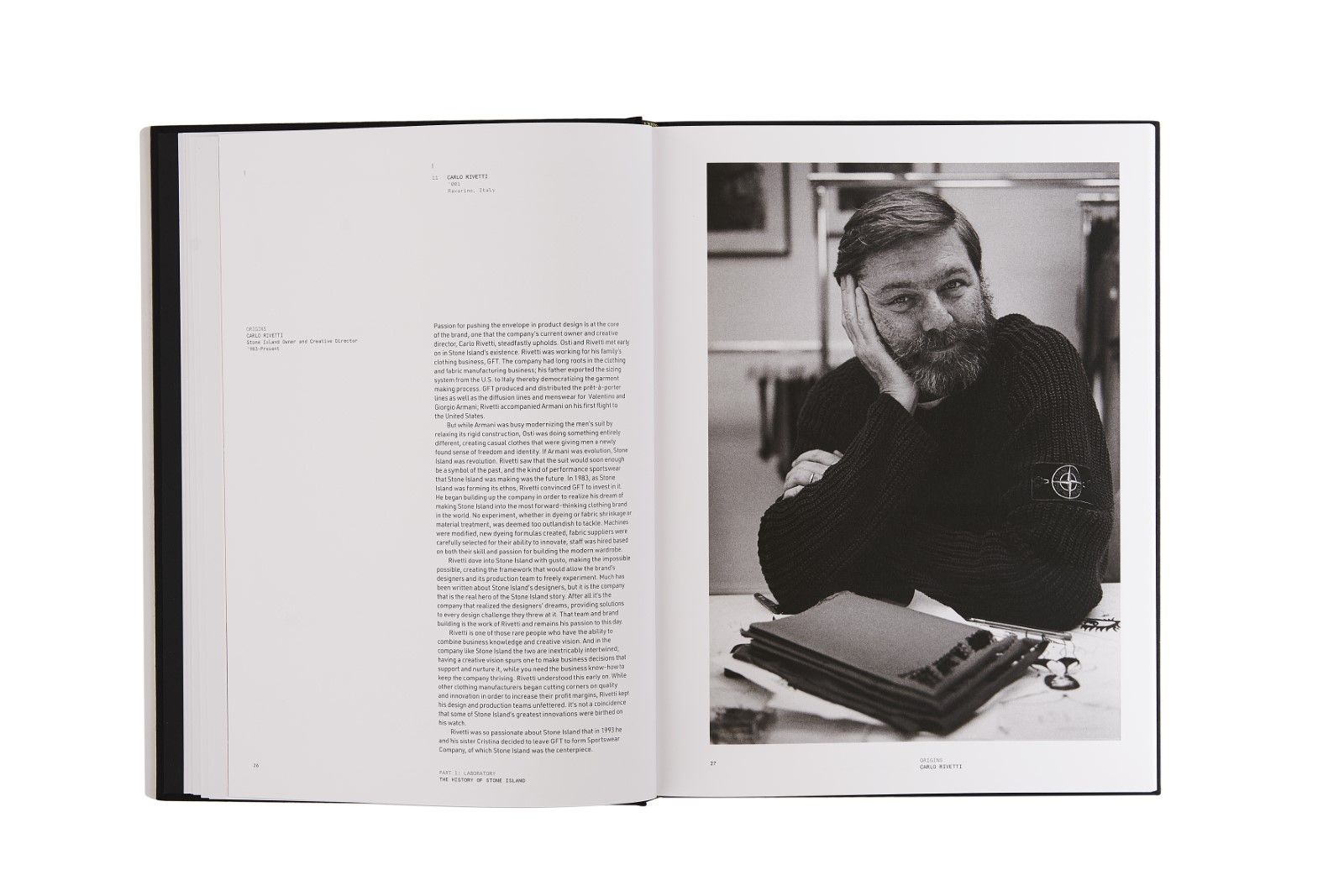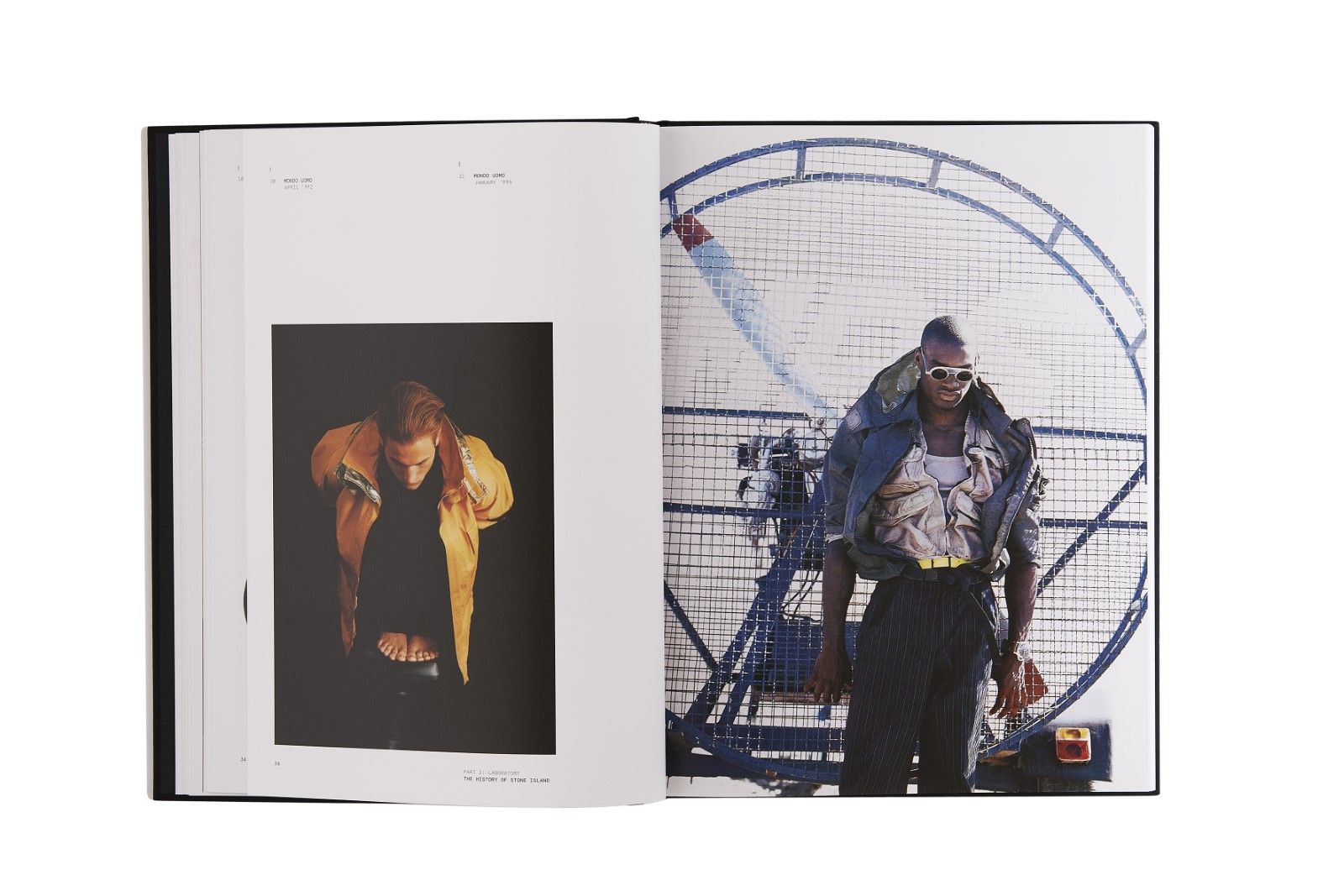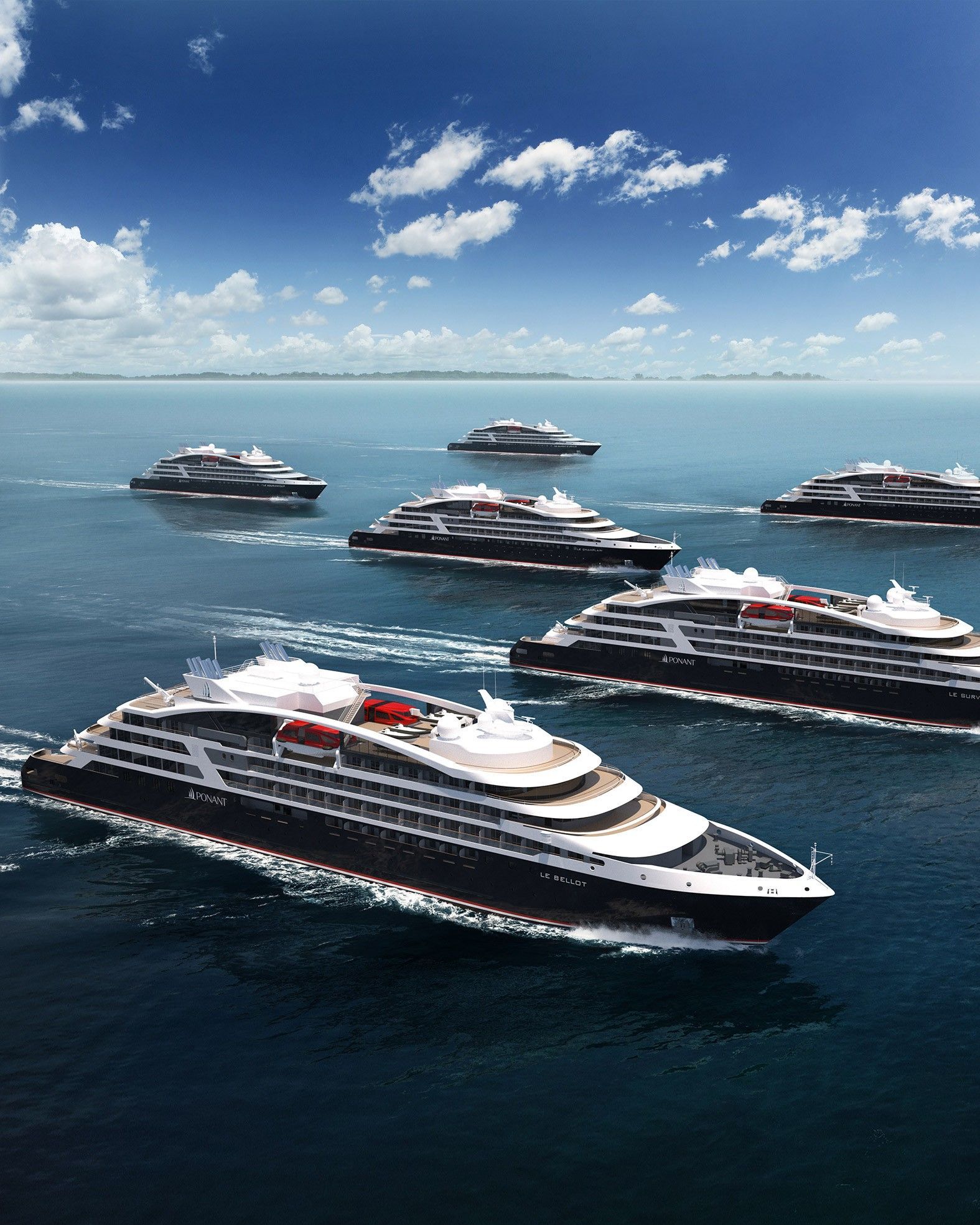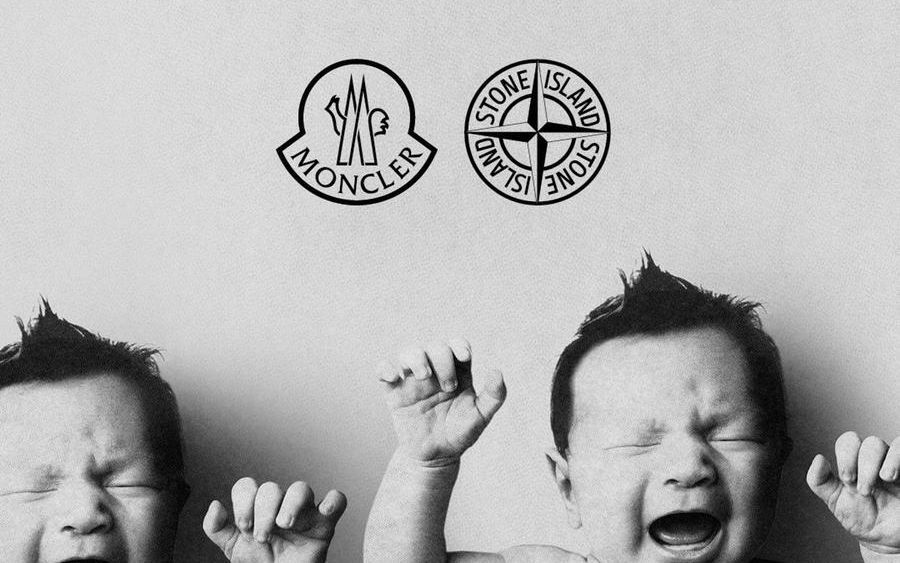
What does Moncler's acquisition of Stone Island mean? 4 answers on the most important operation of 2020 for Italian fashion
With the surprising news of Moncler's acquisition of Stone Island, the Italian and international fashion world has just seen the birth of a new powerhouse of Italian luxury outerwear. In a market increasingly dominated by large luxury conglomerates and industry groups, the presence of large independent brands is still a unicum - or at least it was until yesterday. The news of the acquisition opens up new playing field for the future, not only because both Moncler and Stone Island were until recently two of the strongest independent brands on the market, but also because their union represents a kind of declaration of independence from the world of luxury mega-conglomerates such as Kering and LVMH in favor of an extremely specific alliance both at the national level , both in terms of products and markets.
These are the four main food for thought that Moncler's acquisition of Stone Island suggests.
Specialists of outerwear
If the rest of the big conglomerates literally produce everything, especially in the case of LVMH whose empire starts with fashion but extends to publishing, hotels and luxury spirits, the Moncler-Stone Island duo owns a much more specific scope. While producing collections for all seasons like other fashion brands, in fact, both Moncler and Stone Island specialize in luxury outwear, materials research and, more generally, a specific and limited market segment. The outerwear of both brands, in fact, already enjoys cult status and this new alliance appears based on extremely stable foundations - without mentioning how the entire category of the technical apparel is rapidly expanding if you consider that brands such as Gucci and Jil Sander are preparing for the launch of their outerwear collections respectively with The North Face and Arc'teryx.
At the same time, the focus of both brands on outerwear is not a limit: for some years now Remo Ruffini, CEO of Moncler, has opened the brand to the infinite world of collaborations with the Genius project - which has enjoyed enormous success. The proven narrative of Moncler's Genius Project has made collaborations with every designer plausible and possible and, above all, has made the brand's imagination versatile in the eyes of the public. With this new alliance, the path that the Genius Project has mapped out first will even be expanded and, although acting within the limits of its area of competence, the duo will be able to open up to increasingly unexpected collaborations and therefore will be able to adapt to all the trends and creative turns that will animate the general fashion landscape.
Indipendence from the fashion giants
Before this morning's announcement, there were many rumors about the possible acquisition of Moncler by Kering - a move that would bring the Italian brand back to the French area, while making it retain its relative creative freedom. Deciding to join Stone Island, however, Moncler made a very strong statement on the importance of independence from the large luxury conglomerates: although this model is still the most economically efficient today, many brands are looking for alternative solutions to the incorporation into one of the two large groups, creating alternative platforms such as the New Guards Group, more agile in collecting related brands for taste and positioning and precisely for this reason capable of greater competitiveness towards the titans of the sector.
The richness of the archives
As historical brands, both Moncler and Stone Island have in common an asset that has both tangible and intangible value: the archive. Decades of technical research, design notes, technological fabrics are now a common wealth of the two brands both in terms of actual production and that of the common imagination. A non-secondary value stepping stone that will allow both realities to expand in unexpected directions.
Rimanere dentro i confini
Remo Ruffini said about the acquisition: «We’re coming together at a challenging moment both for Italy and the world». Making, not coincidentally, a reference to Italy and the difficulties in which the country is facing due to the pandemic. Both Stone Island and Moncler, in fact, represent two perfect examples of Italian companies (although 30% of stone island stock belongs to Temasek, a Singapore-based investment company) that have been able to evolve and face the challenges of the market through decades of history.
Also Carlo Rivetti said: «We share the same roots, similar entrepreneurial journeys, and the utmost respect for the profound values of our brands and our people. And we are Italians». It therefore makes sense that the will behind the acquisition was, at least in part, to keep the two realities firmly anchored in the Italian context in a market increasingly dominated by the excessive power of the large multinationals.


















































